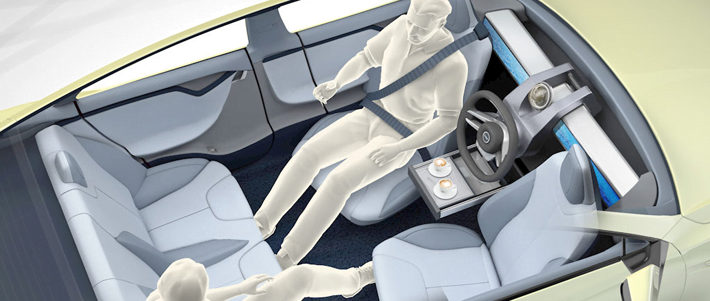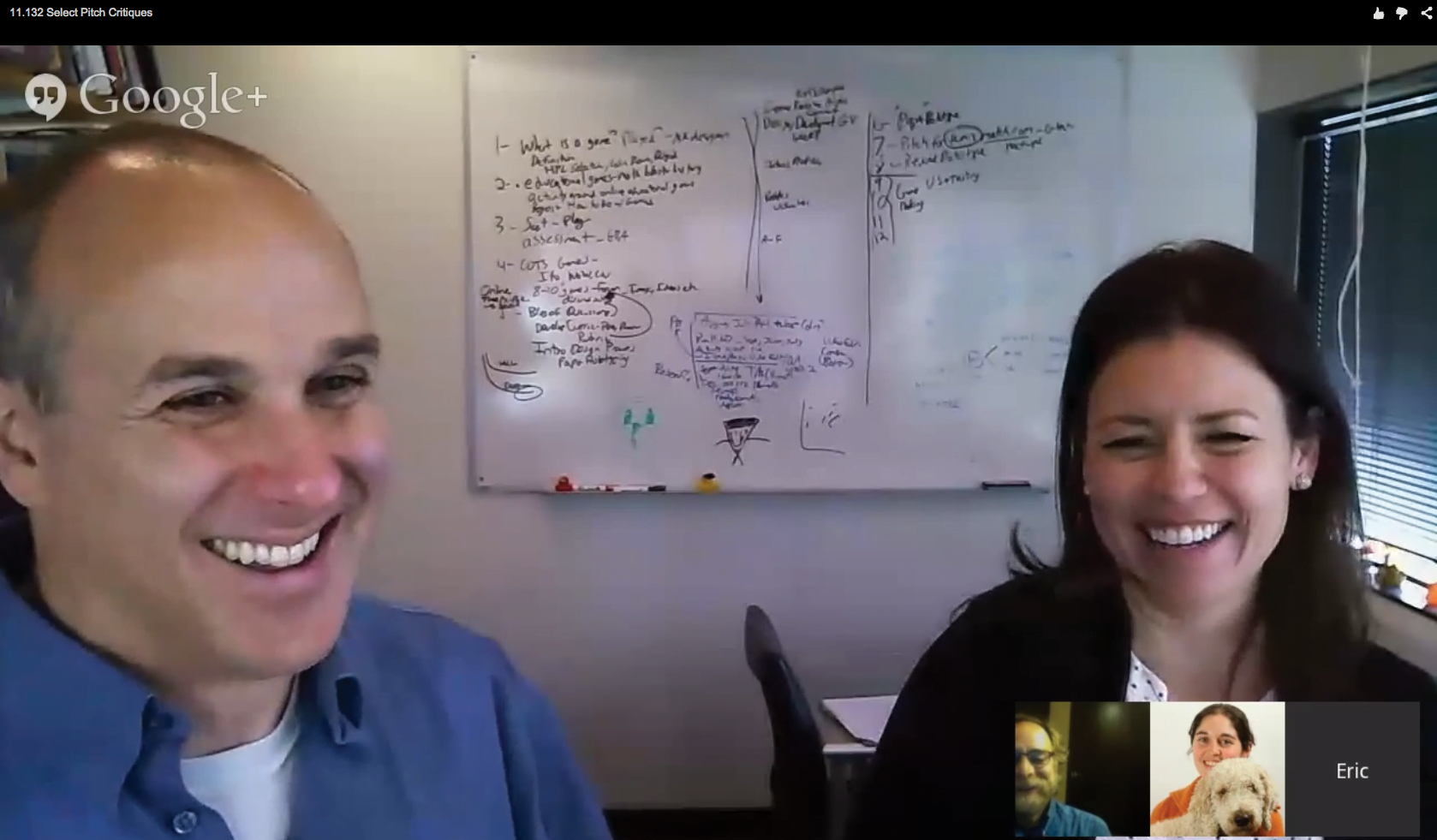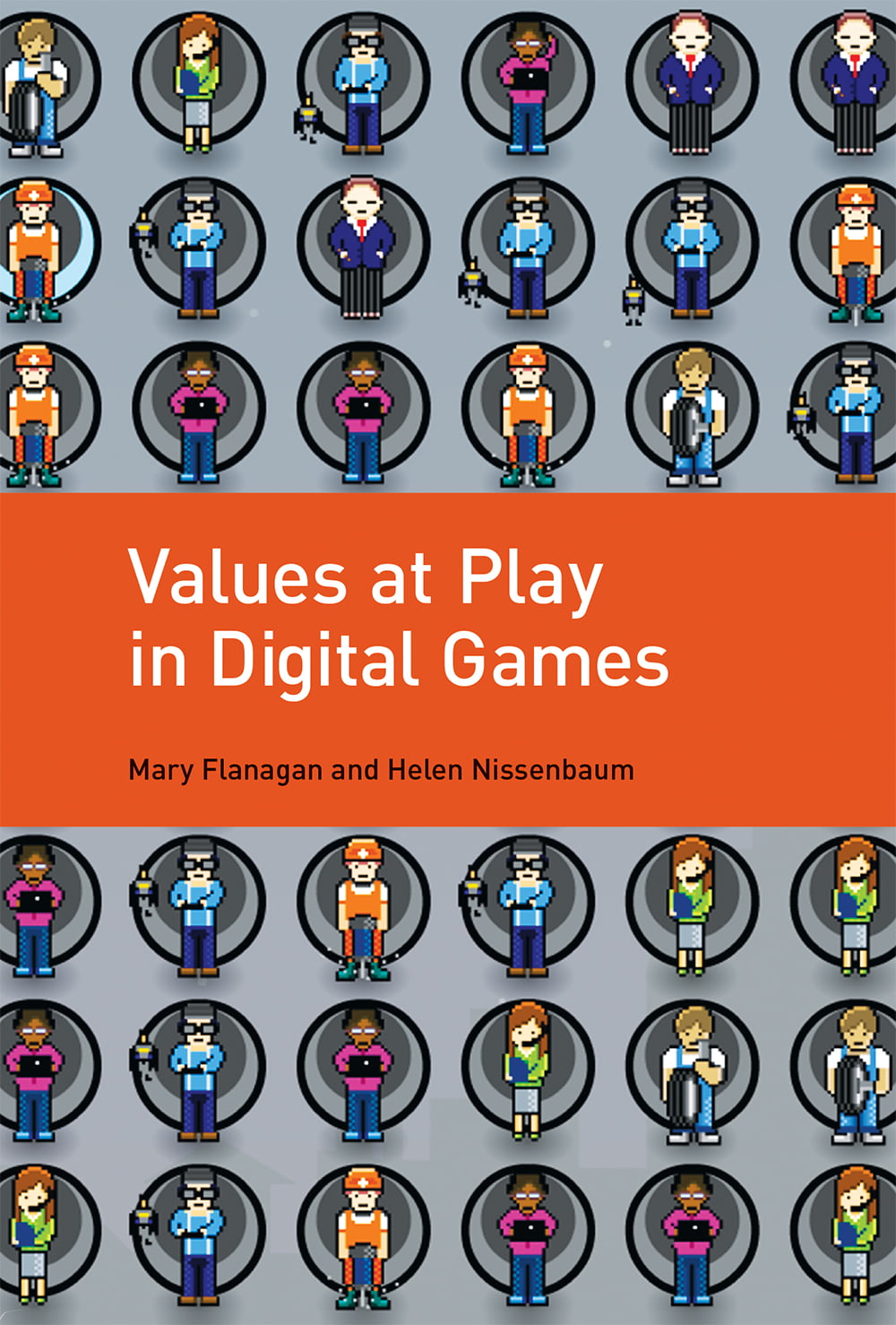Sometimes simple changes can significantly expand accessibility to people who have neurological differences like autism, dyslexia, ADHD, or epilepsy, but designers and policymakers frequently aren’t aware of issues affecting this neurodiverse community.
Embodied Montage: Reconsidering Immediacy in Virtual Reality
This framework creates territory for expression challenging embodied cognitive structures and could use the medium in ways distinguished from other forms.
Driverless Dreams: Technological Narratives and the Shape of the Automated Car
Erik Stayton, ’15, examines dominant and alternative paradigms of ground vehicle automation, and concludes that current and imagined automation technology is far more hybrid than is often recognized.
Open Government Data Intermediaries: Mediating Data to Drive Changes in the Built Environment
Less attention has been focused on a configuration of actors that facilitate the use of data by aggregating open government data and enhancing it.
EdTechX: Our Online Courses on EdX
“Design and Development of Educational Technology and Introduction to Game Design validated that project-based collaborative instruction can succeed in the virtual world.”
A Conversation About Design + Journalism with Farah Assir
Farah Assir, interaction designer at the New York Times, talks with Anika Gupta, ’16, about NYT Now and what journalists are learning about design.
Featured work from NYU’s Helen Nissenbaum
Ahead of Thursday’s talk with Helen Nissenbaum — an NYU professor of Media, Culture and Communication, and Computer Science — we’d like to share some of her featured work, including her new book with Mary Flanagan, who spoke at CMS/W earlier this year.








